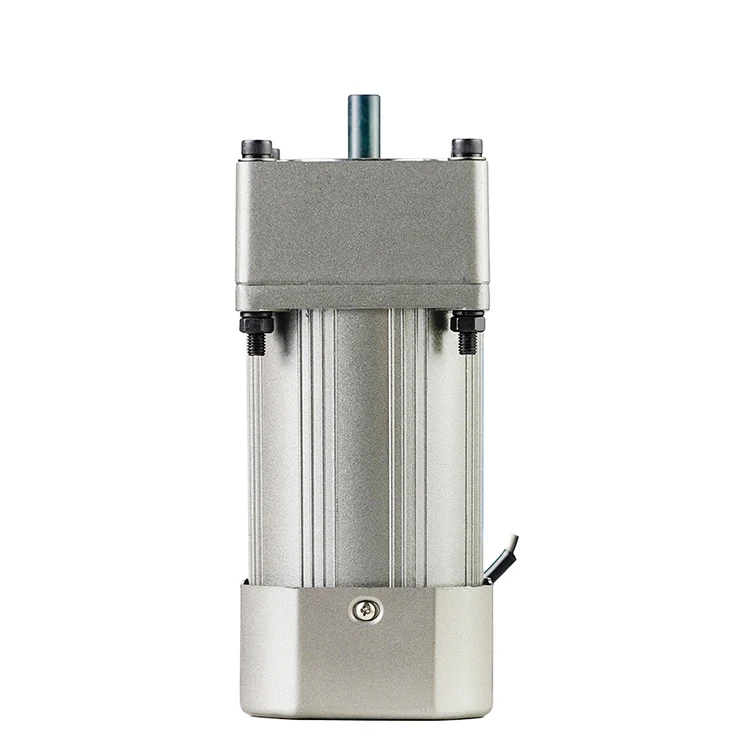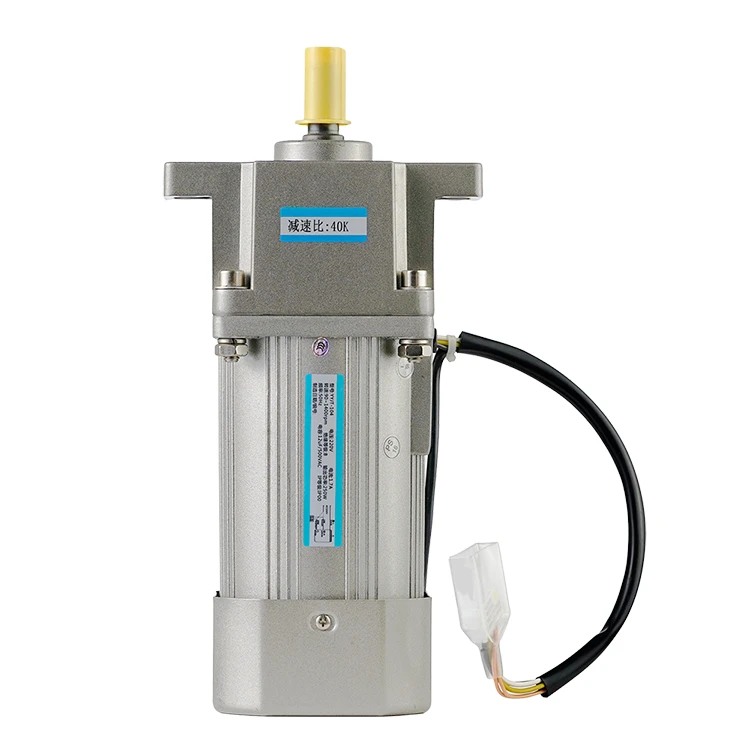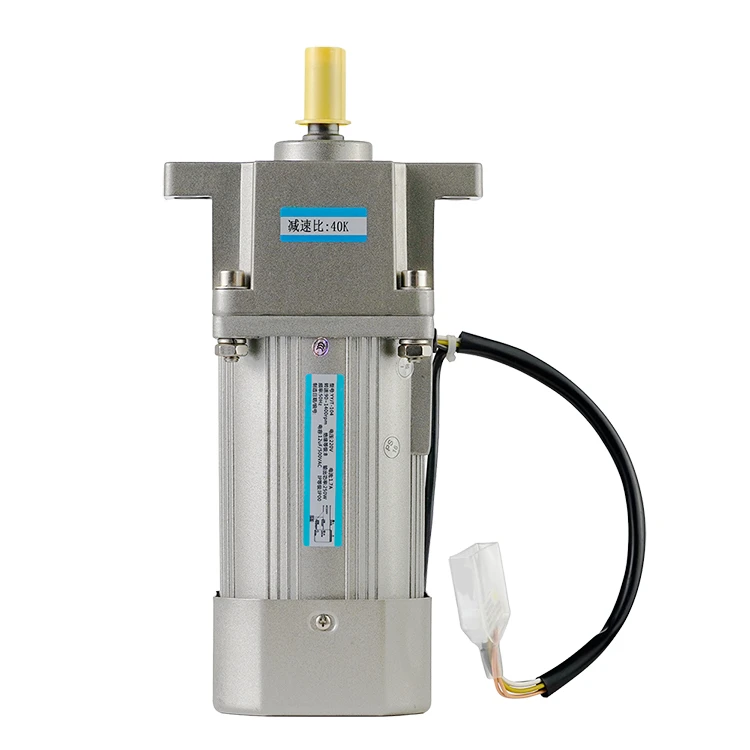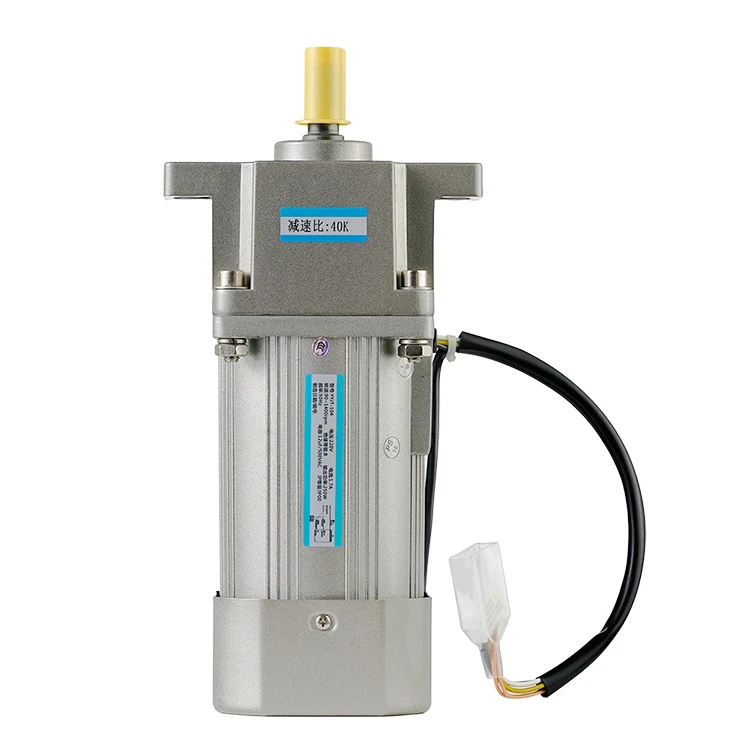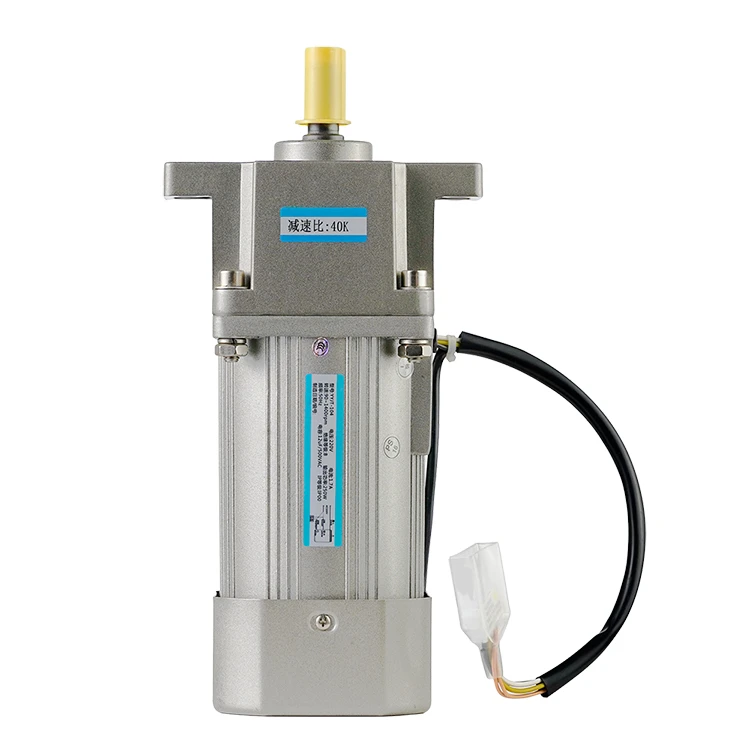Can a laser engraver cut metal?
2023-03-13 16:19:04
First, not all laser engravers are capable of cutting metal. Most laser engraving machines are designed to work with non-metallic materials, and may not have the power or capabilities to effectively cut through metal. If you are interested in cutting metal with a laser engraver, it is important to choose a model that is specifically designed for this purpose.
Second, the type of metal you are trying to cut will determine the success of the laser engraving process. Some metals, such as copper and brass, are relatively soft and can be easily cut with a laser engraver. However, harder metals like steel and aluminum may require a more powerful laser engraver, or may not be suitable for laser engraving at all.
Third, the thickness of the metal will also affect the ability of the laser engraver to cut through it. Thicker metals will require a more powerful laser and longer engraving times, and may not be feasible for some laser engravers to cut through.
In conclusion, while laser engravers can be used to cut metal, it is important to consider the type and thickness of the metal, as well as the capabilities of the laser engraver. Choosing the right equipment and settings can help to ensure successful and efficient metal cutting with a laser engraver.
See What Lunyee Can Do For You
Contact Us
- 8619149417743
- +86-0371-5562 0274
- [email protected]
- Zhengzhou, Henan Province, China
- Mon-Fri: 9:00 - 18:00
